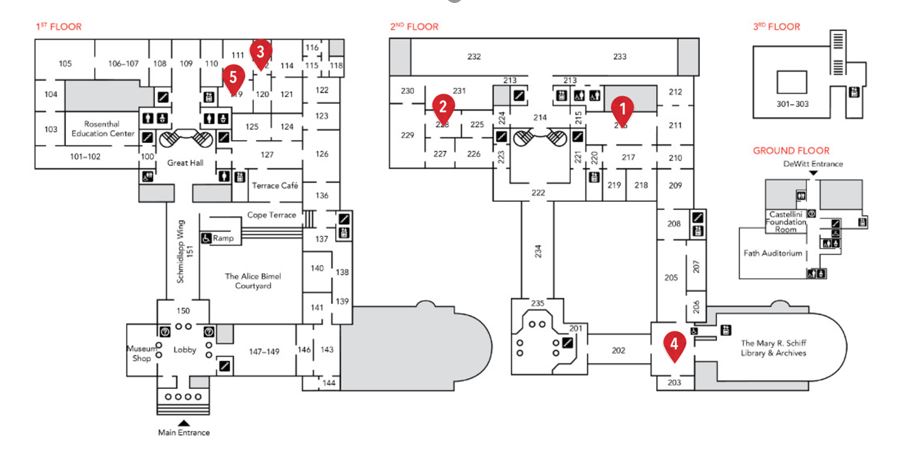More than a half-century of history exists between computers and dance. The same techniques used to evaluate and represent data in the scientific realm can also analyze the shapes of the movements of the artistic world. Software developments allow choreographers to create motion outside the studio, capture rehearsal ideas in the form of virtual sketchbooks, and preserve the ephemeral form of dance through digital documentation. Breathe life into movement ideas with DanceForms2 from Credo Interactive.
MindBody Online: How a Fitness Management Software Can Support the Arts
MindBody Online is a digital management solution for businesses that operate through appointment-only schedules for certain programs and divisions or as a whole. By combining useful tools into a single platform, this software allows managers to access everything they need to run their business without bouncing between multiple programs. To better understand how tools like these might benefit arts organizations, AMT Lab turned to Pittsburgh Ballet Theater’s Dance and Fitness Program Manager, Kristy Boyle, where the software has been used since August of 2016. Currently, MindBody Online is being used to power PBT’s Community Division, a program offering dance and fitness classes on a drop-in basis to all ages and abilities in the surrounding community.
Streamlining the Film Production Process with StudioBinder
If you have been looking for a pre-production project management tool, StudiBinder may be a solution for you. StudioBinder is a project management program targeted toward the pre-production of TV, film and photography projects. This all-in-one platform is browser-based, using cloud computing for both desktop and mobile users.
MyCam: Increasing Engagement through Customized Museum Maps
MyCAM is an interactive table at Cincinnati Art Museum, providing visitors with a unique experience through art exploration and map design. Located in the Schmidlapp Gallery, which is close to the museum lobby, MyCAM creates a fun start to a visitors’ art journey.
“The Creativity Code” : Is AI taking Over Creative Industries?
Marcus du Sautoy, a British mathematician, wrote The Creativity Code, a thought-provoking book that examines the nature of artificial intelligence in the creative industries. The Creativity Code explores AI in art, mathematics, gaming, music, and writing. One question persists throughout: “Can AI complete creative tasks better than humans?”
Looking to Comic Book Distribution Methods for New Way of Applying Browsing Systems and Animated Viewing Experiences
The comic book industry has been utilizing technology to create novel distribution pathways for many of their materials. By examining their solutions arts organizations may gain inspiration for ways to archive their textual or print works, and create interactive and engaging way for audience to appreciate the artworks.
All-in-one Project Management with monday.com
Wick Editor: Create Animations with Coding
Art on the Go with Adobe Photoshop Sketch
Adobe Creative Cloud’s Photoshop Sketch is a mobile and tablet app that allows users to create expressive, digital drawings on the go. Artworks are created through the use of “natural” tools, such as pens, pencils, markers, and watercolor brushes, which are designed to interact naturally with the digital canvas to mirror the texture and blending effects rendered when working on paper.
Amadeus Code: Brave New World of A.I. Music Generation
Japanese startup Amadeus Code, an “artificial intelligence-powered songwriting assistant,” is the latest app that is riding the wave of A.I. art-generation. The algorithm scans a diverse database of popular music from the past 500 centuries (in theory - the earliest song this reviewer discovered was Schubert’s “Ave Maria” from 1825) and allows the user to specify the note range and length, drama, familiarity, and era. The app then creates a unique instrumental harmony based on these specifications, drawing inspiration from songs that have similar characteristics.














